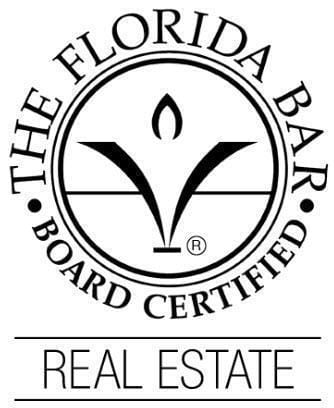The majority of Americans are familiar with the process of subleasing in residential property. In this instance most people call it “subletting,” and it is the process of the original lessee of the property contracting with a new lessee and the landlord.
Commercial subleasing is much more common than residential subletting. This is because commercial leases last longer than residential ones and the penalties for terminating a commercial lease early are severe. According to Million Acres, in order to sublease your commercial space successfully you must fully understand the terms of your original lease and negotiate with your chosen sublessee very carefully.
Understanding your lease terms
Before you do anything, you must ensure that the lease you hold allows you to sublet. Sometimes the landlord will not allow you to sublet the space at all, but this is rare.
In some instances you may need to get permission from your landlord prior to subleasing and your landlord may require vetting the sublessee personally. In other cases, the landlord does not need notification from you, but the landlord will hold you responsible for anything the sublessee does.
Negotiating carefully
The best way to screen your tenants is by reviewing financial statements. However, you should also take the time to research into the person that you are subletting to as well as what business they are in. This is particularly important if the landlord is not working in tandem with you to locate a sublessee.
Negotiating the sublease terms will be very similar to the process you went through to negotiate your original lease with the landlord. Often, patterning your subleasing agreement after your original lease is very helpful.




